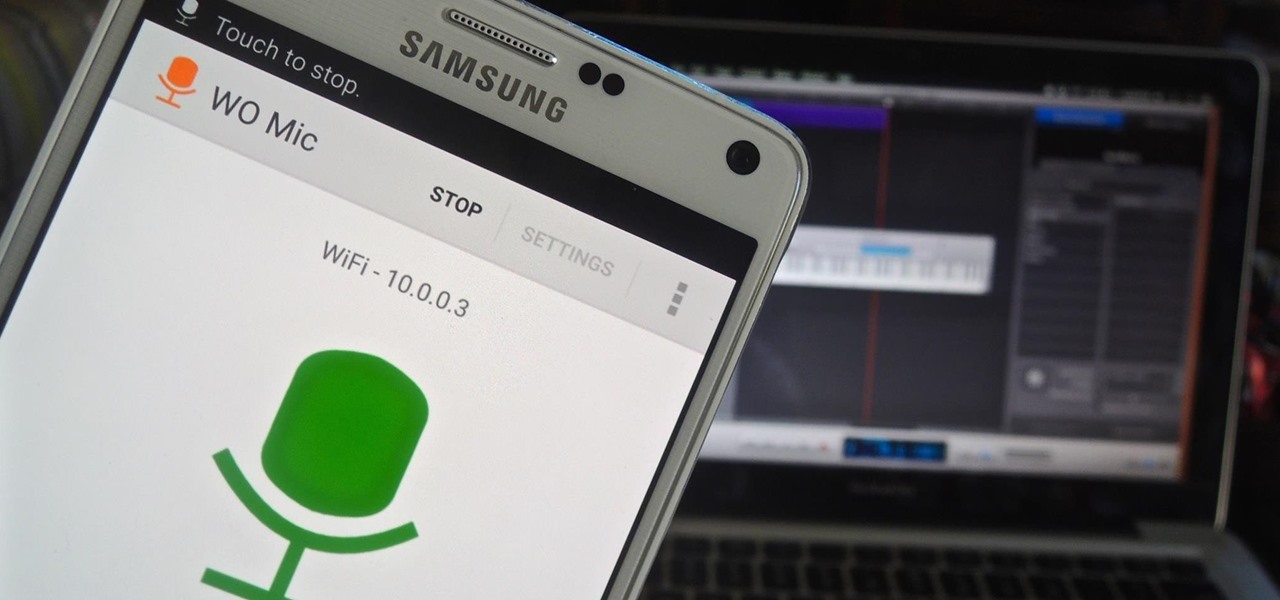There are a few different types of software that you can use with your microphone. The most popular type is probably voice recognition software. This type of software allows you to control your computer with your voice.
You can also use this type of software to dictate text or convert speech to text. There are also a few other types of microphone software that you can use for things like recording audio or adding effects to your voice.
If you’re looking to get the most out of your microphone, there are a few different software options available.
Here is a rundown of some popular choices:
Audacity – Audacity is a free, open-source audio editing program that is popular for its ease of use and wide range of features. It supports a variety of input devices, including microphones, and can be used for tasks such as recording, editing, and mixing audio.
Reaper – Reaper is a digital audio workstation (DAW) that offers a comprehensive set of tools for recording, editing, and mixing audio. It supports a variety of input devices, including microphones, and can be used for both commercial and home studios.
Pro Tools – Pro Tools is a industry-standard DAW that offers powerful features for recording, editing, and mixing audio. It supports a variety of input devices, including microphones, and is widely used in professional studios.
Table of Contents
How to Make ANY Microphone Sound Like a Professional Studio Microphone
What Software Can I Use With My Microphone To Control Voice On Computer
Controlling your voice on a computer involves using software that can capture, process, and manipulate audio input from your microphone. Here are some types of software you might find useful, along with examples:
Digital Audio Workstations (DAWs):
- Audacity: Audacity is a free, open-source software for recording and editing audio. It provides a range of features for manipulating voice recordings.
- GarageBand (Mac): GarageBand is a DAW for Mac users. It’s user-friendly and offers various tools for recording and editing audio.
- FL Studio, Ableton Live, Pro Tools: These are more advanced DAWs with a wide range of features. They are often used by professionals for music production, but they can also be used for voice control applications.
Voice Recognition Software:
- Dragon NaturallySpeaking: This is a popular voice recognition software that allows you to control your computer using your voice. It’s useful for dictation and controlling various functions.
- Windows Speech Recognition (built into Windows): If you’re using Windows, it comes with a built-in speech recognition feature that allows you to control your computer using voice commands.
Text-to-Speech (TTS) Software:
- Balabolka, NaturalReader: These are examples of TTS software that convert written text into spoken words. While they are not voice control software per se, they can be part of a system where you convert text to speech for various applications.
Voice Changers:
- Voicemod: If you’re looking to change your voice for entertainment or creative purposes, Voicemod allows you to modify your voice in real-time during voice calls or while recording.
Communication Software:
- Skype, Zoom, Microsoft Teams: These communication platforms often have built-in features for adjusting microphone settings and sometimes offer additional voice control options.
Speech Synthesis Markup Language (SSML) Editors:
- Google Cloud Text-to-Speech API: If you’re developing applications that involve converting text to speech, you might use tools or APIs that support SSML. Google Cloud Text-to-Speech is one such service.
Remember that the specific software you choose will depend on your needs and the platform you’re using (Windows, macOS, Linux). Additionally, always check the compatibility of the software with your microphone and operating system.
What Software Can I Use With My Microphone to Improve My Recordings
There are a few different types of software you can use to improve your recordings when using a microphone. One type is a digital audio workstation (DAW), which can be used to record, edit, and mix audio. Some popular DAWs include Pro Tools, Logic Pro, and Ableton Live.
Another type of software you can use is an audio plugin, which can be used to add effects or process audio in some way. Some popular audio plugins include Waves plugins, iZotope Ozone, and FabFilter Pro-Q 3. Finally, you can also use a standalone recorder to capture your audio.
Some popular options include the Zoom H1n and the Tascam DR-40X.

Credit: android.gadgethacks.com
Conclusion
There are a few different types of software that you can use with your microphone to help improve the audio quality. One type is called a voice changer, which can be used to change the pitch or tone of your voice. Another type is an echo canceller, which can be used to reduce background noise and make your voice sound clearer.
Finally, there are equalizers, which can be used to adjust the levels of different frequencies in your audio signal.

Williams Kane is a blogger and writer. He’s passionate about writing and connecting with the community, especially when it comes to sharing his ideas through writing.
I am a versatile author with a passion for exploring a wide range of topics on our multi-niche website. With a background in research and a love for writing, I bring a unique blend of expertise to our platform.
My journey began in the world of science, where I earned a degree in biology and developed a deep fascination for the natural world. This background enables me to delve into topics related to ecology, environmental conservation, and the wonders of the animal kingdom.
However, my curiosity knows no bounds, and I have ventured into various other niches as well. From technology trends and digital innovations to health and wellness tips, I strive to provide well-researched and engaging content that informs and entertains our diverse audience.
Furthermore, my dedication to staying current with the latest developments in each niche ensures that our readers receive up-to-date and reliable information. Whether it’s deciphering complex scientific concepts or simplifying tech jargon, I take pride in making complex subjects accessible to all.
Join me on our multi-niche journey, where we explore the depths of knowledge and share insights on a multitude of topics to inspire, educate, and entertain.




